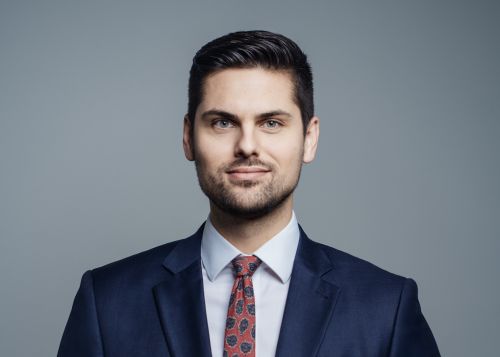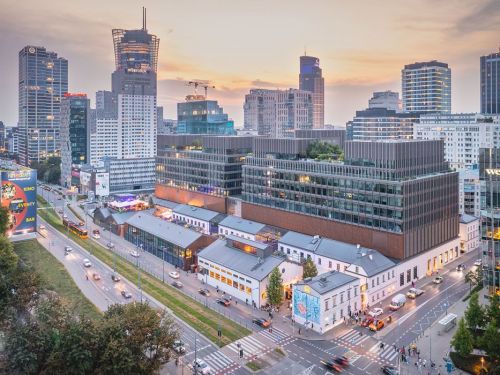A Special Economic Zone is defined in the report as “a separate and uninhabited part of a country’s territory where business operations may be conducted on preferential terms defined in the Polish Act on Special Economic Zones.” According to this act, they are governed by corporations (joint stock or limited liability companies), with the state treasury the founding body for most of them. They are to be distinguished from Parks, the status of which are much looser and vary according to the particular arrangement made with the local government (1 in 3 have no legal status). The idea behind Parks is also different, in that the latter have been conceived primarily to foster collaboration between science and industry, whereas SEZs are intended to regenerate regions that have suffered industrial and economic decline. As Mariusz Strojny, of advisory company KPMG and co-author of the report, puts it: “SEZs were set up with 3 main ideas in mind: to attract foreign inv






























































